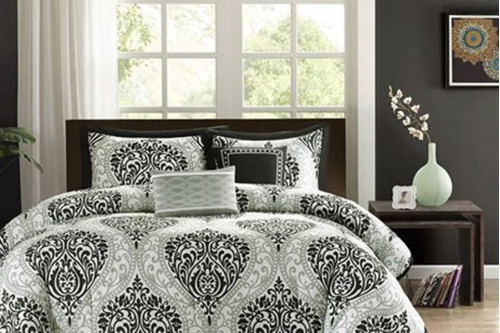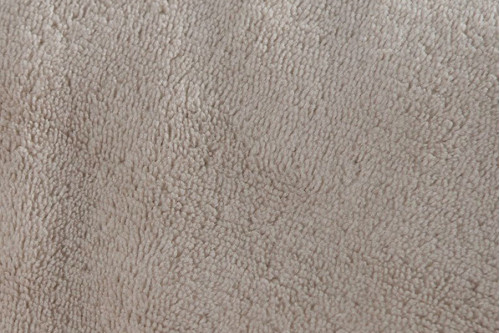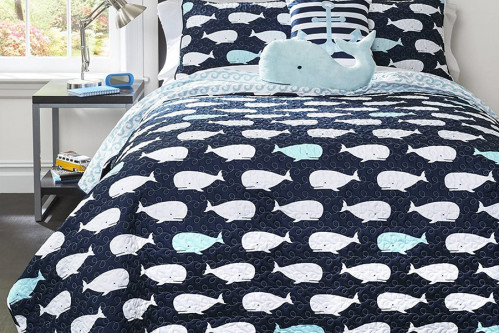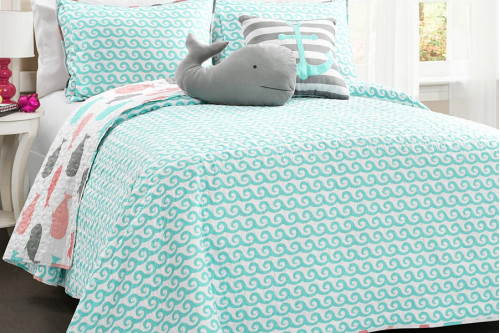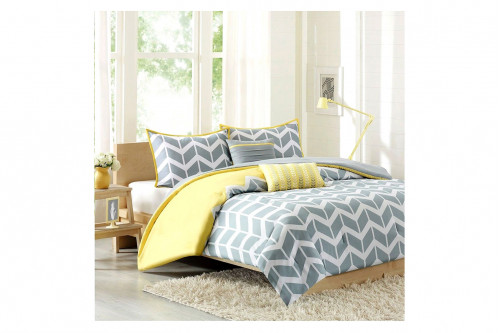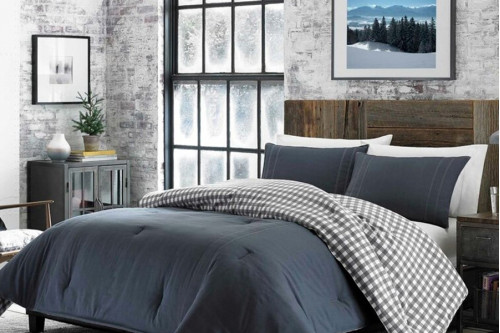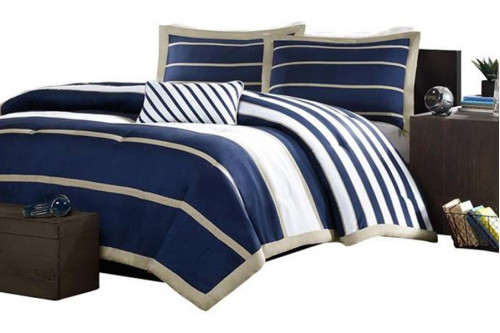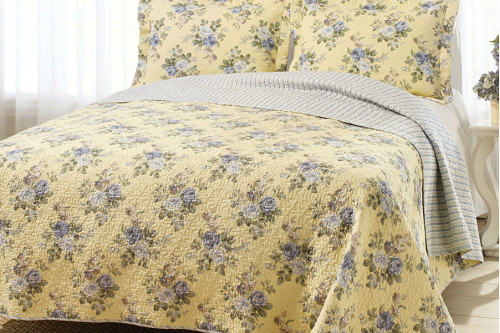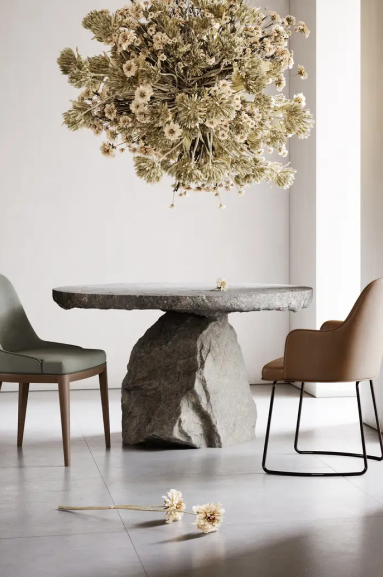Comforters + Sets
In fact, there is no perfect comforter that will suit everyone. People have their own needs for warmth, and what suits one person may not always be convenient for another. Some like the comforter to be large and quite heavy, others even in the summer sleep under a warm and thick duvet, and others are hot all the time, so their choice is a thin model that is more like a bedspread. Therefore, when choosing comforters, you should take into account your body characteristics. The key point when choosing the perfect option is the season in which the comforter is used. In summer, the need for heat is lower than in winter, and properties and requirements will differ.
How to choose warm winter comforters? If you are tired of falling asleep in the cold winter months, as if on an ice sheet, then thick cashmere models are your salvation. Fleece, plush, and cotton are less popular materials, but they warm well on harsh nights. In the summer, many people use blankets or large towels. But it is much more comfortable to buy a lightweight comforter made of cotton or polyester. Silk and satin options, on the contrary, are cool and help to survive the heat. In the conditions of the temperate climate zone, the demi-season model is ideal. The principle of its operation is based on the 2-in-1 mechanism: light summer and denser comforters are fastened with buttons or a zipper and form a warm winter comforter. The main advantage of the demi-season comforter is the convenience of storage, it takes up less space than single-season models.
Size is the first criterion when choosing comforters. There are three main sizes - one-half, double, and Euro versions of the double comforter. The minimum size for adults is one and a half option, length 200-215 cm, width 140 to 155 cm. There are no single-bed modifications. There are also two types of double-bed comforters in width. The standard size of the double model is 172x205 cm and the Euro model is 200x220 cm. There are options of 180x210, 195x215, 200x200 cm, and "king size" 220x240 cm - for very large beds. Useful tip: if you and your partner have different thermoregulation, choose separate models. Someone needs something warm, tangible in terms of weight and size, and someone, on the contrary, thin, light, and almost imperceptible. Two different one-and-a-half comforters will easily fit on a double bed.
There are different types of comforters based on production technology. Quilted - the product is stitched with a continuous seam that passes through all layers. It is used for non-flowing fillers. Seams divide the canvas into identical squares and rhombuses. Cassettes - the pattern of the firmware can be very different, it is often done by hand, but it reliably fixes the stuffing inside. Self-stitching - seams divide the comforter into equal compartments, and filler is added to each, so it does not clump and is evenly distributed over the entire surface. Clusters - with a "checkerboard" filling of compartments, which is needed to insulate individual areas of the comforter, for example, the area near the feet.
The thermal conductivity of the comforter depends on the material of the filler, most often it is synthetic, fluff, or wool. Woolen models are most often made of sheep's wool, they are quite heavy, especially compared to fluff ones, last a long time, dry quickly, and absorb moisture well. Wool is a natural material that can cause allergies, so it is often mixed with other fillers, and also produced in a cover. The fluff-filled comforter is light and airy. Unfortunately, fluff can also cause allergies, and it often clumps and clumps. In order for the fluff to last longer, it needs to be beaten more often, or choose quilted models. Synthetic fillers are well permeable to air and retain heat, do not cause allergic reactions and do not absorb odors, keep their shape, and are easy to maintain - they can be washed in a machine.
Synthetic comforter fillers are different: sintepon, silicone, siliconized fiber, holo-fiber, nanofiber, and others. Inside all types are hollow fibers that hold air well, preserving heat. Thanks to this, comforters with synthetic filling are the best choice for winter. In the process of use, the synthetic filler can get lost, so it is better to choose models with an insert so that the comforter keeps its shape. Options with silk filling are hypoallergenic, absorb moisture well, and dry quickly. Silk can be either 100% - such models will cost more, or mixed, with the addition of other materials in proportions from 30 to 70%. Modern cotton-filled comforters are different from the old cotton-filled models. Now inside is a uniform layer of even fibers of well-squeezed cotton. It does not clump and keeps its shape well.
Comforters with bamboo filling are light, soft, and airy, hypoallergenic, do not interfere with natural air circulation, do not electrify, and do not accumulate unpleasant odors. Such models are a great choice for summer, but in winter it can be cold under them. Comforters filled with 100% bamboo fiber do not hold their shape very well, so manufacturers often add synthetic fibers. When choosing a comforter filler, the main requirements for the material are environmental friendliness and safety. It should not release toxic substances into the air and be easy to work with. In addition, it has to allow air and moisture to pass well, but at the same time retain heat, creating a microclimate for the sleeper.



